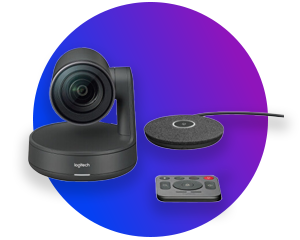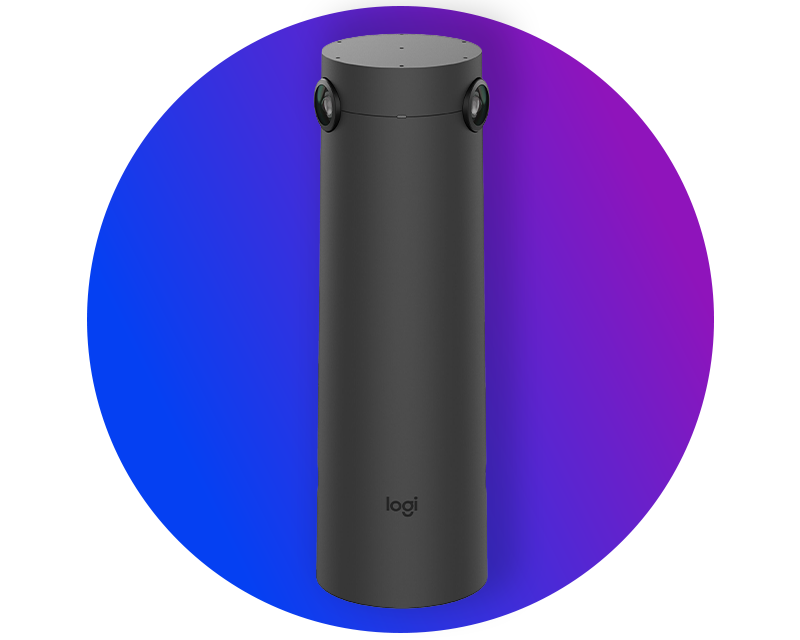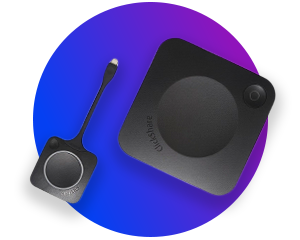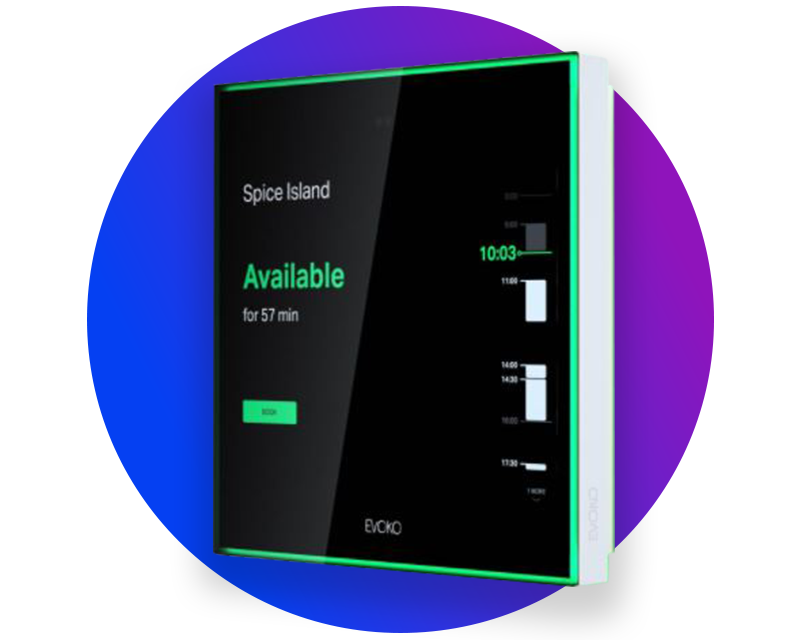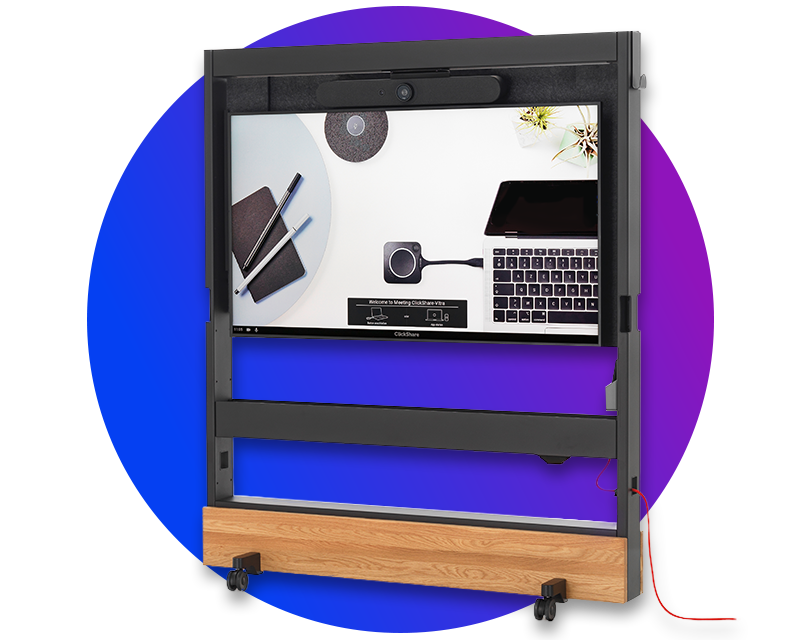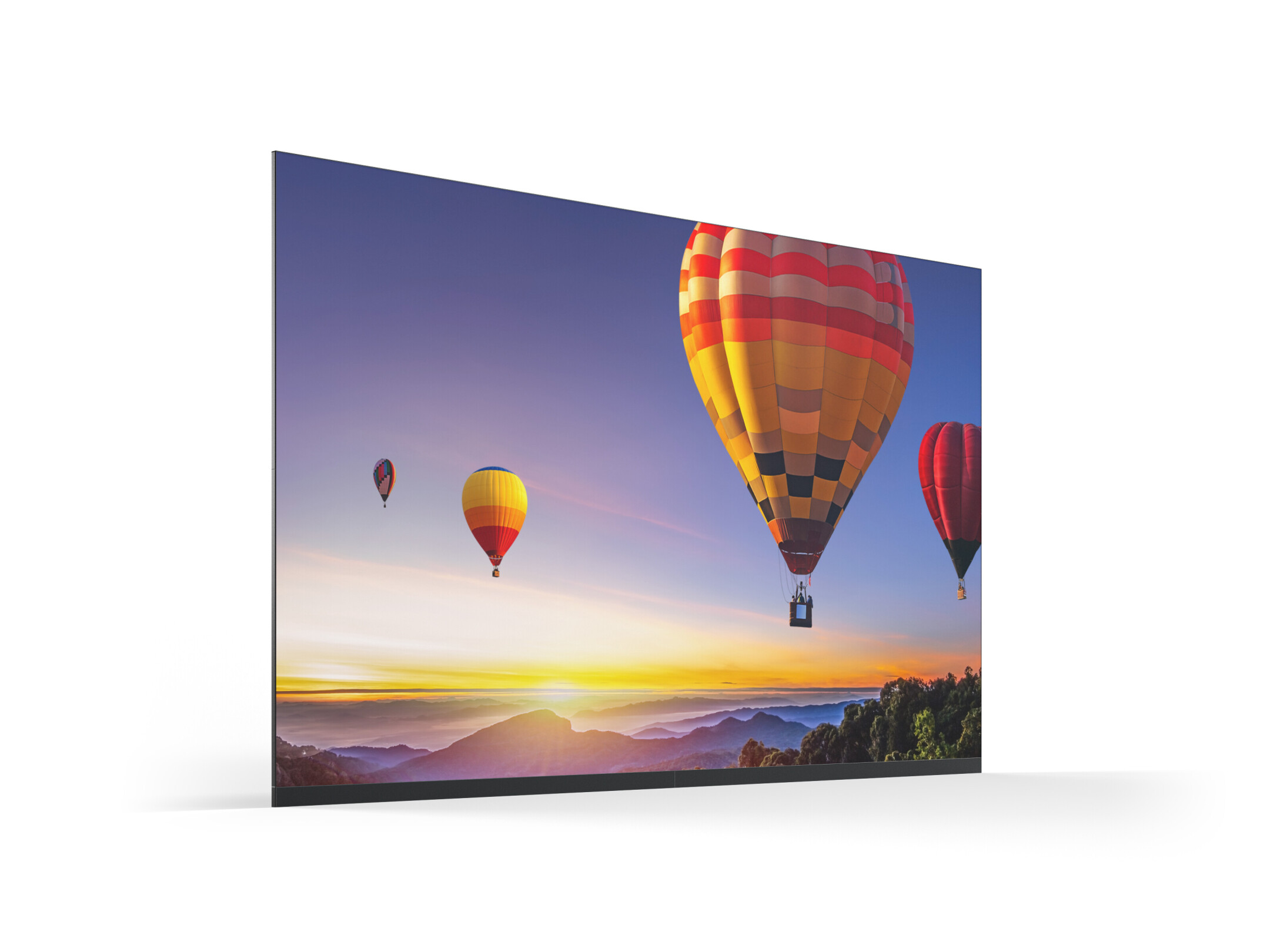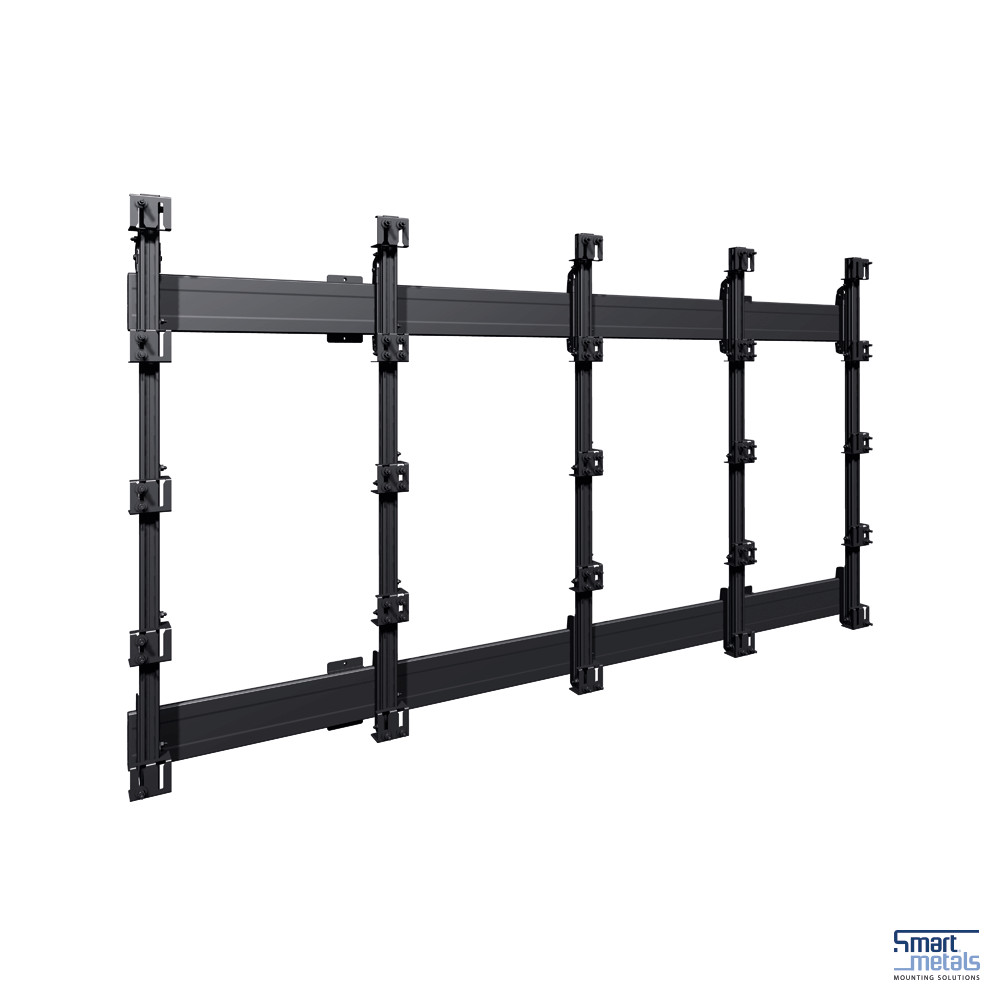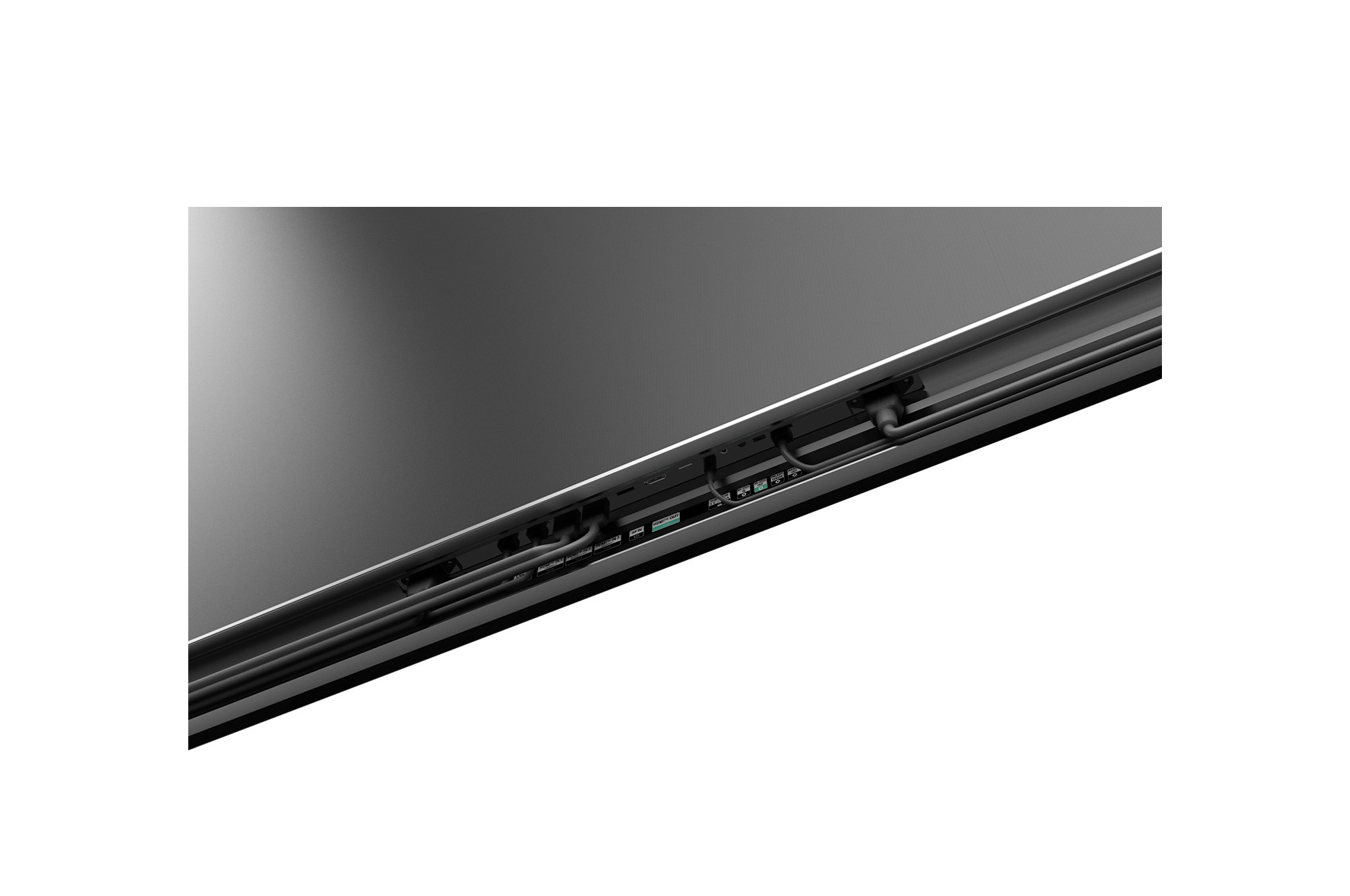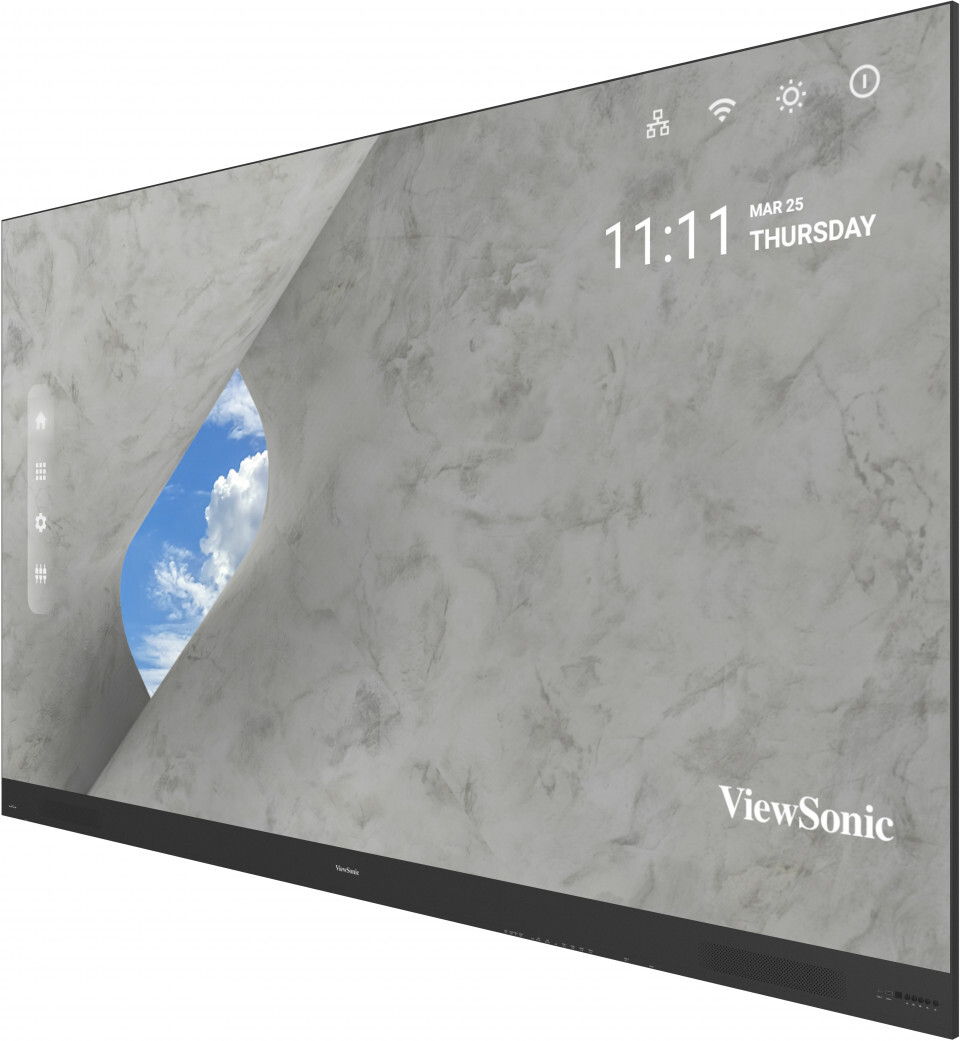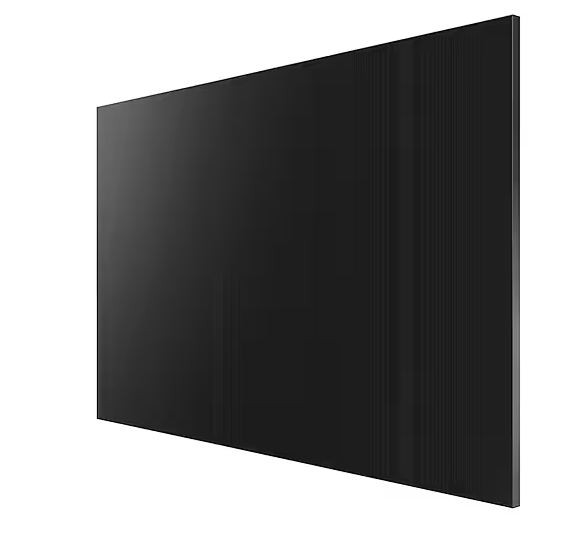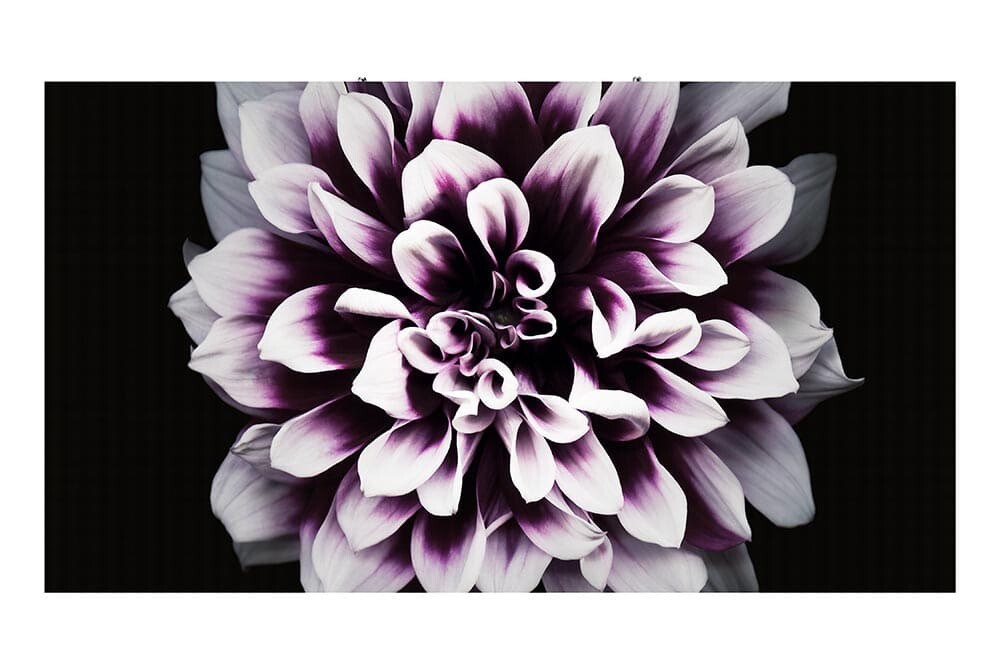LED Wall complete solutions
Here you will find complete LED wall solutions from leading LED wall manufacturers such as LG, Samsung, Optoma and Absen. LED Wall complete solutions are pre-configured LED Wall sets that contain all the important hardware components - from the LED modules to the controllers for controlling the LED Wall and the speakers. As all the necessary components are already included, you not only save yourself manual configuration of your wall, but also valuable time during installation.
Do you have any questions about LED Wall complete solutions? Our product experts will be happy to answer any questions you may have about product integration, installation and order processing. We look forward to receiving your enquiry!
35 Products
Sort by:
Page
Page


